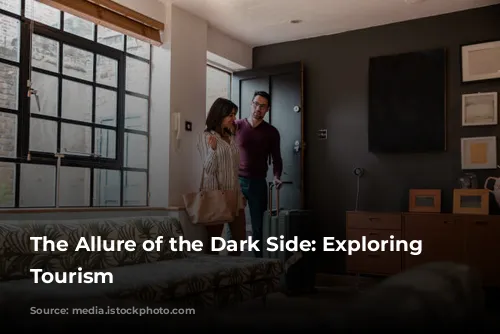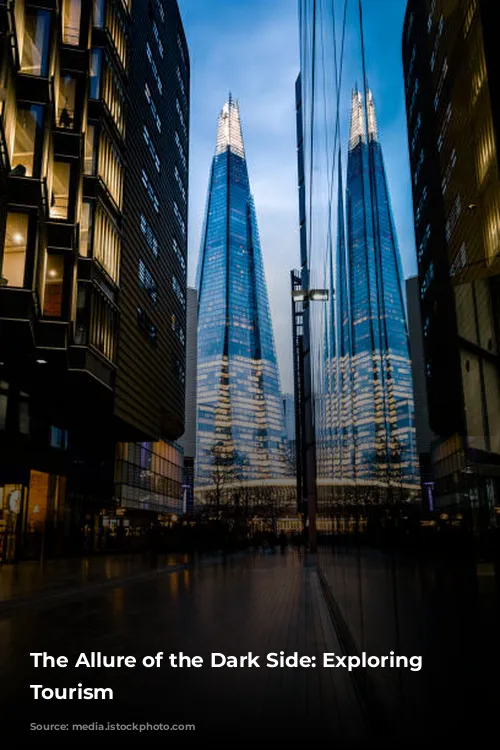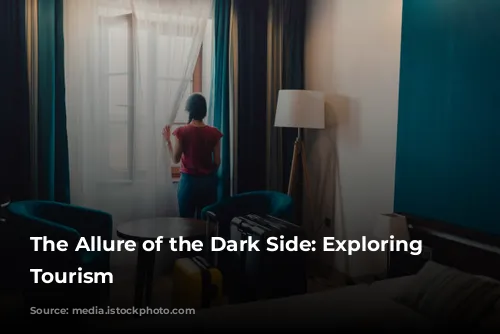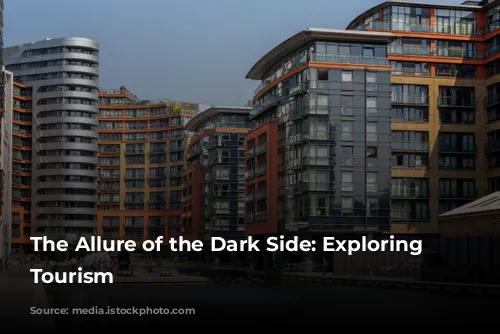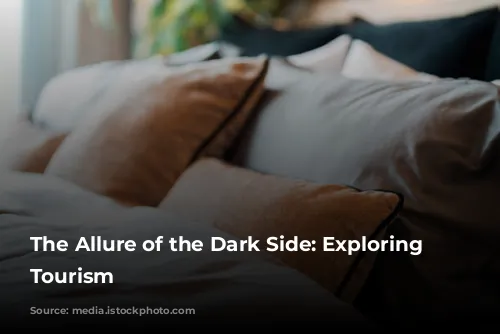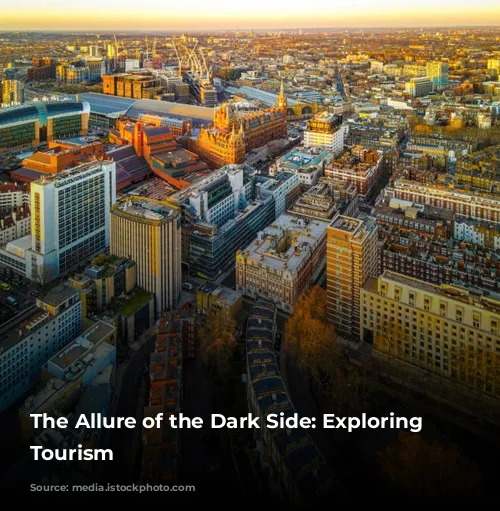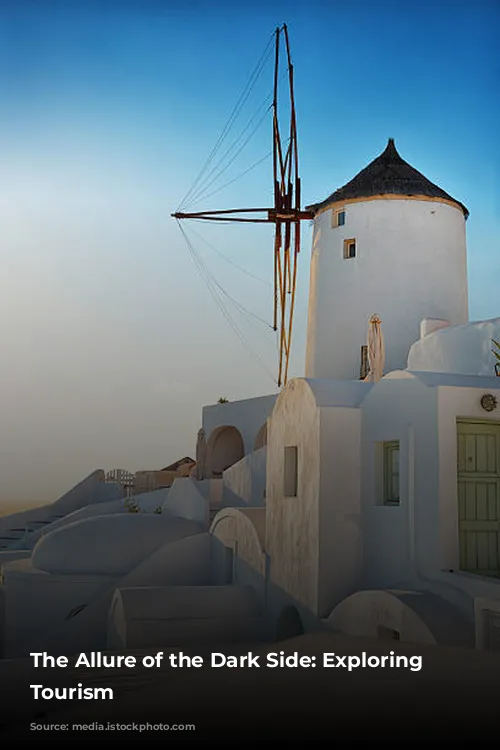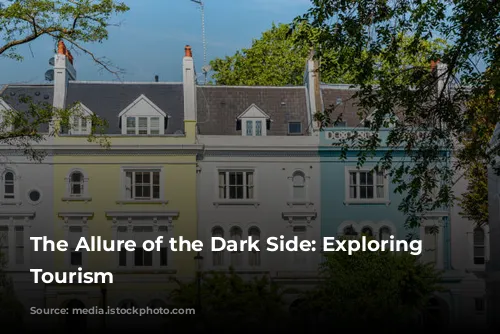Have you ever found yourself captivated by stories of tragedy, violence, and disaster? Perhaps you’ve watched a true crime documentary or read a historical account of a chilling event. If so, you’re not alone. There’s a growing fascination with the darker aspects of human history and culture, and it’s a phenomenon known as dark tourism.
Dark tourism is more than just a morbid curiosity. It’s a complex and multifaceted concept that delves into the human psyche and our fascination with the macabre. It explores how we navigate the world around us, and it prompts us to confront our own biases and prejudices.

More Than Just a Morbid Curiosity
Dark tourism involves visiting places associated with death, disaster, and atrocity. These destinations can range from historical sites like the Killing Fields in Cambodia or Auschwitz concentration camp to more recent events like the Taliban takeover of Kabul in 2021.
While some might consider these places taboo, dark tourists see them as opportunities to learn, reflect, and connect with history in a visceral way. David Robinson, a self-proclaimed dark tourist, describes his fascination with 20th-century history and his desire to stand in the very places where significant events occurred.
But dark tourism isn’t limited to far-off destinations. Even in bustling cities like London, there are countless sites steeped in history, crime, and tragedy. From the flat where Jimi Hendrix died to the scene of the Balcombe Street siege, these seemingly ordinary locations hold a dark significance for dark tourists.
London, a global financial hub, also boasts dark tourism attractions such as the Tower of London, where executions took place, and the London Dungeon, a morbid recreation of gruesome historical events. These attractions demonstrate how even popular tourist destinations can be inextricably linked to dark history.
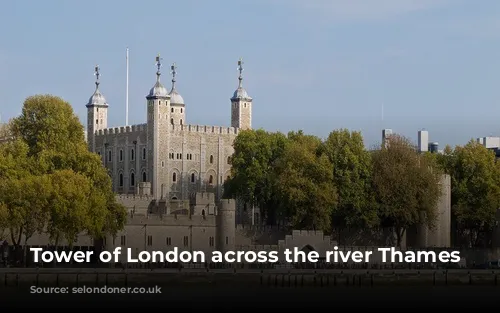
The Origins and Evolution of Dark Tourism
The term “dark tourism” was coined in 1996 by Scottish academics J. John Lennon and Malcolm Foley. Their research, titled “Attraction to Death and Disaster,” laid the foundation for understanding this intriguing phenomenon.
Professor James Treadwell, a leading expert in dark tourism, defines it as “Travel to, and engagement with settings that have a history of violence, death, disaster and atrocity.” He acknowledges the evolving nature of dark tourism, which now encompasses both historical and contemporary destinations.
The Netflix documentary “Dark Tourist” by David Farrier further highlights the spectrum of dark tourism, from official attractions to off-the-map destinations. Farrier explores the divide between established dark tourist sites, such as museums dedicated to controversial history, and those that are less known and perhaps more unsettling, like observing a present-day dictatorship.

Why Do People Engage in Dark Tourism?
The reasons people engage in dark tourism are as diverse as the destinations themselves. Some, like David, are driven by a passion for history, while others are drawn to the darker aspects of human nature.
There’s a undeniable fascination with the morbid, as evidenced by the popularity of true crime podcasts, TV shows about murder and crime, and even reality shows that capitalize on bleak and dark situations.
However, there’s a fine line between engaging with dark tourism and exploiting or trivializing it. The danger lies in sensationalizing, glorifying, or sanitizing atrocities. Examples of disrespectful behavior at historical sites, such as taking selfies at Auschwitz, have sparked controversy and raised concerns about the ethical implications of dark tourism.

Dark Tourism: A Reflection of Ourselves
Dark tourism is a mirror reflecting our own society and our fascination with the darker side of human experience. It forces us to confront our own biases and the extent to which we are influenced by the media and our own preconceptions.
Professor Treadwell argues that it’s impossible to avoid engaging with dark tourism, even in our everyday lives. Our consumerism, for example, is inextricably linked to the dark history of colonialism, exploitation, and labor practices.
As we navigate the complex world around us, we can’t simply turn a blind eye to the dark side of our history and culture. By acknowledging and engaging with dark tourism, we can gain a deeper understanding of ourselves, our motivations, and the world we live in.
